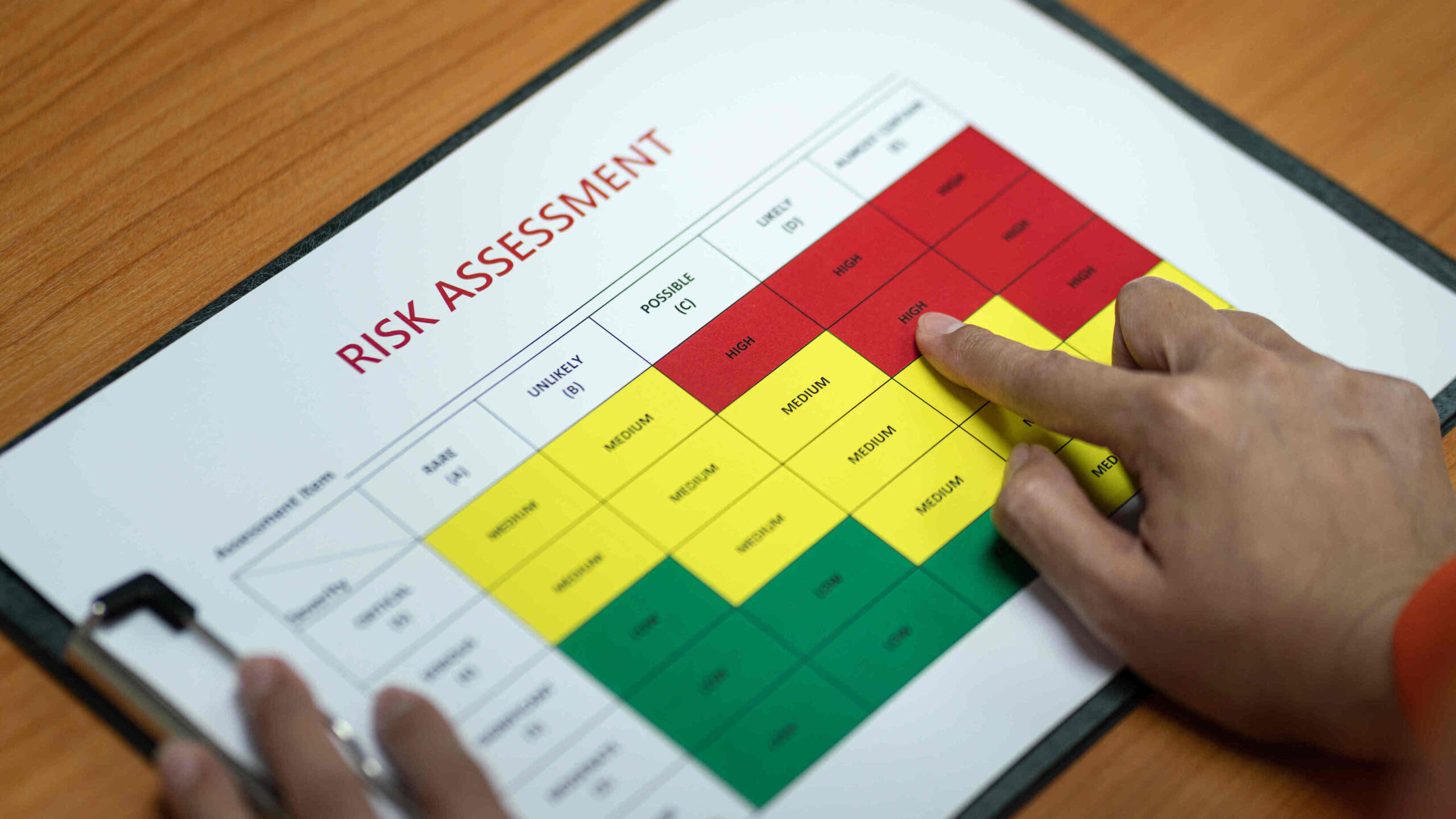As Cybersecurity Awareness Month 2024 comes to a close, it’s crucial that security leaders take stock of their organizations’ cybersecurity strategies and work with their teams to embed practical security principles at the heart of their management frameworks.
Cyber threats are evolving rapidly. Much like the progression of physical threats to organizations, cloud computing, mobile devices, and artificial intelligence (AI) have fundamentally changed the threat landscape and shifted how leaders need to operate and instruct their teams.
New tools have created new opportunities, but also new vulnerabilities to be assessed and managed. Just as attackers exploit weaknesses in physical security systems, AI is now being used by criminals to create highly convincing phishing campaigns and deepfake audio messages. Attackers are also increasingly exploiting vulnerabilities in IoT devices to disrupt value chains — everything from smart thermostats to factory sensors can be a potential entry point into a company’s network.
And the rise of remote work has likewise compounded challenges for security professionals across both domains. Employees accessing company data from home networks mean that traditional perimeters set by security leaders no longer apply. Hackers are well aware of these weaknesses, and have ramped up attacks on businesses since the start of the pandemic. According to the International Monetary Fund (IMF), cyberattacks more than doubled during that period, underscoring the need for security leaders to bolster defenses in a more comprehensive way.
So as the risk profile around cybersecurity becomes more complex, the tools we use to equip our teams and ultimately protect our assets must also become more advanced – but at the same time be practical, understandable and fit for purpose.
This is why in 2024 cybersecurity should not just be about installing protocols and raising staff awareness — it’s about driving a holistic security management strategy that encompasses the full spectrum of threats posed by the digital age.
Security and CyberSecurity: The CIA Triad
At its core, cybersecurity is an evolution of a traditional security risk management processes.
Best practice involves identifying, assessing, and mitigating risks — in this case, risks to an organization’s information technology infrastructure. Just as security leaders and their teams manage physical risks to protect tangible assets, they should apply similar techniques to protect data, systems, and ultimately the organization’s reputation.
The cornerstone of cybersecurity within a broader security framework is the CIA Triad — Confidentiality, Integrity, and Availability — principles that are equally applicable when securing both physical and digital assets. These three pillars can be used as guidance by security leaders to communicate with their teams for maintaining the safety of information and ensuring business continuity:
Confidentiality means safeguarding sensitive information from unauthorized access or disclosure. Security leaders and their teams deal with valuable information like trade secrets, customer data, and intellectual property on a daily basis: ensuring that only authorized personnel have access to such information.
Integrity refers to ensuring that data and systems remain accurate and reliable. When hackers gain unauthorized access, they might not just steal data — they can also tamper with it, causing inaccuracies that disrupt business operations. Mitigation strategies enable security leaders and their staff to prevent unauthorized modifications, making sure that the data companies rely on remains trustworthy.
Availability focuses on ensuring that authorized users have reliable access to systems and data when they need it. Cyber events such as Distributed Denial of Service (DDoS) attacks can take systems offline, causing disruption to services and operations. By securing system availability, security leaders can ultimately ensure the continuation of business operations without interruption, even in the face of these constant threats.
Practical Principles to Bring Security and CyberSecurity Together
By emphasising the linkage between both security domains – physical and cyber – leaders can ensure that digital risks are treated with the same attention as their physical and operational counterparts. In order to introduce cyber as a core evolution of a comprehensive security risk management strategy, the steps for teams to focus on and own are almost identical to those that apply to physical security:
Identifying and Prioritizing Assets: Building a comprehensive asset inventory is crucial for all leaders in the cyber realm, as much as it is in physical security. Every device, server, and piece of software represents a potential target for hackers which needs to be owned and managed. By maintaining an up-to-date list of assets, security risk leaders can better understand their attack surface and guide their staff to prioritize assets that need the highest level of protection.
Classifying Data: Not all data, just like physical assets, is equal. Classifying data based on its sensitivity allows security leaders to focus their cybersecurity efforts where they are most needed. For example, customer financial data should be treated with a higher level of security than internal memos.
Protecting Against Attack Vectors: Attack vectors are the methods that cybercriminals use to breach a system, such as phishing emails or unpatched software vulnerabilities. To address these, teams need to focus on employee training, regularly updating software, and deploying security measures like firewalls and intrusion detection systems. And just like physical threats – identifying and managing attack vectors requires both expertise from security leaders and clear understanding from asset owners.
Tackling Both External and Insider Threats: Just like physical threats, cyber threats can come from both outside and inside the organization. While external threats are often more visible, insider threats—whether malicious or accidental—can be just as damaging. Ensuring that employees are aware of security protocols and monitoring for suspicious behavior can help security leaders to mitigate these risks.
Preparing Incident Response Plans: No organization is immune to cyberattacks, so having a well-documented incident response plan is crucial to ensure preparedness. This plan should outline clear roles and responsibilities, and senior leaders need to lead by example regularly testing and updating plans following the same process as physical incidents.
By integrating cybersecurity into a broader security risk management framework, security risk leaders can protect both their digital and physical assets together, ensuring business continuity and preserving reputation.
It’s not just about framework scalability and optimising security resources. Physical security risk management is often more tangible for individuals – gaps in security protocols regularly present visual clues for staff, and key attack vectors can be easier to understand without deep technical expertise.
So as the global average cost of a data breach exceeds $4.45 million – it’s about time we bring the two disciplines together. By focusing on the core principles of the CIA model and adapting to the rapidly changing threat landscape, security leaders can effectively direct their teams to adequately mitigate cybersecurity risks and stay one step ahead of cybercriminals. Ensuring a secure future for their organization.
About Us: Human Risks
Human Risks works with security leaders to embed best practice security principles across their organizations. Our scalable tools are centred around people – to build awareness, drive an effective risk culture, and empower asset owners to manage their security risks in a more effective way.
Reach out to the team for a demo – and subscribe for future updates on our work to make security risk management smarter.


